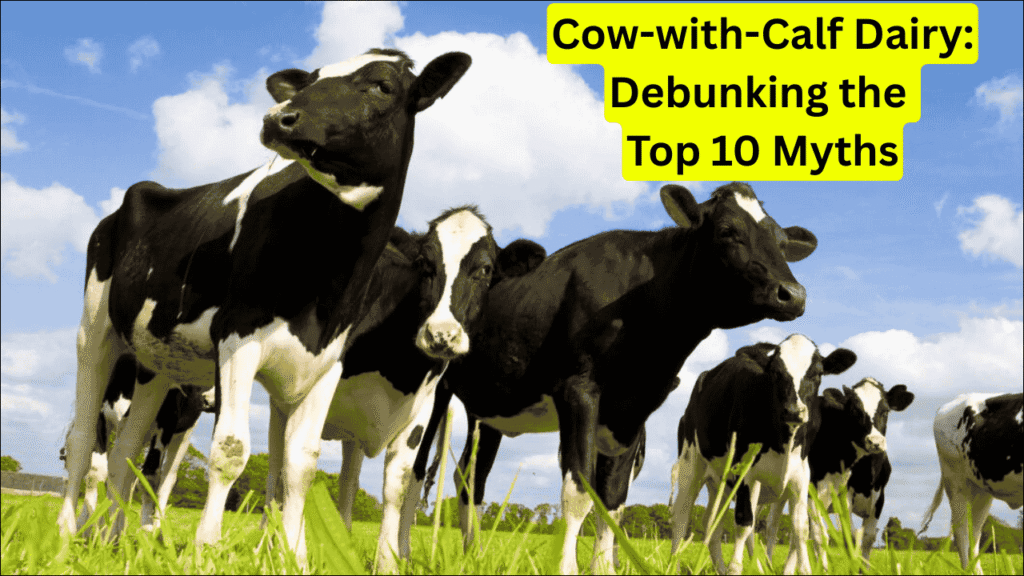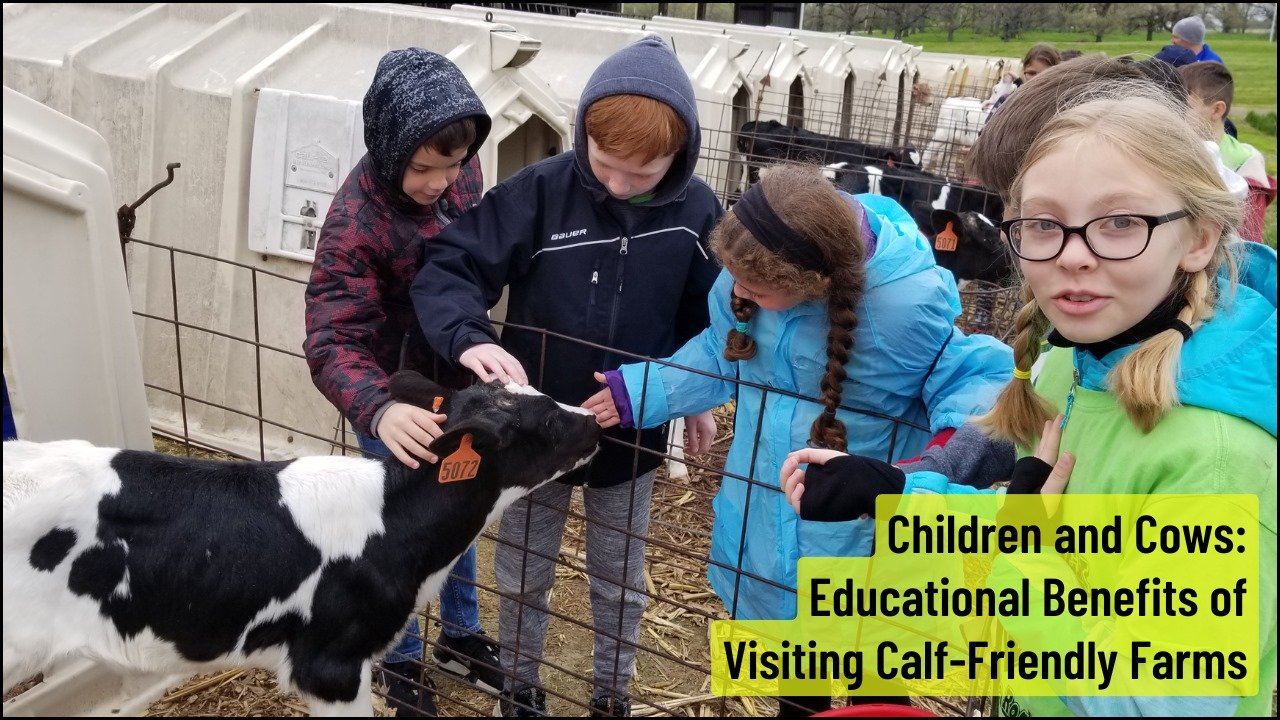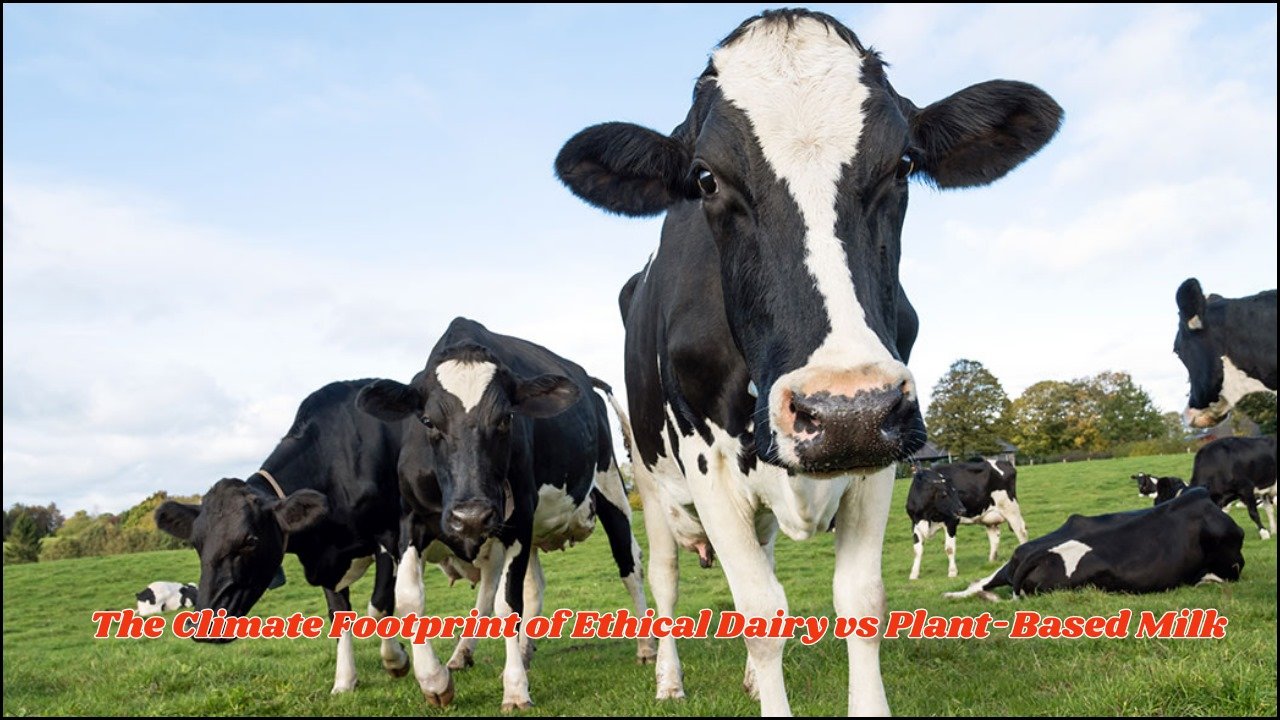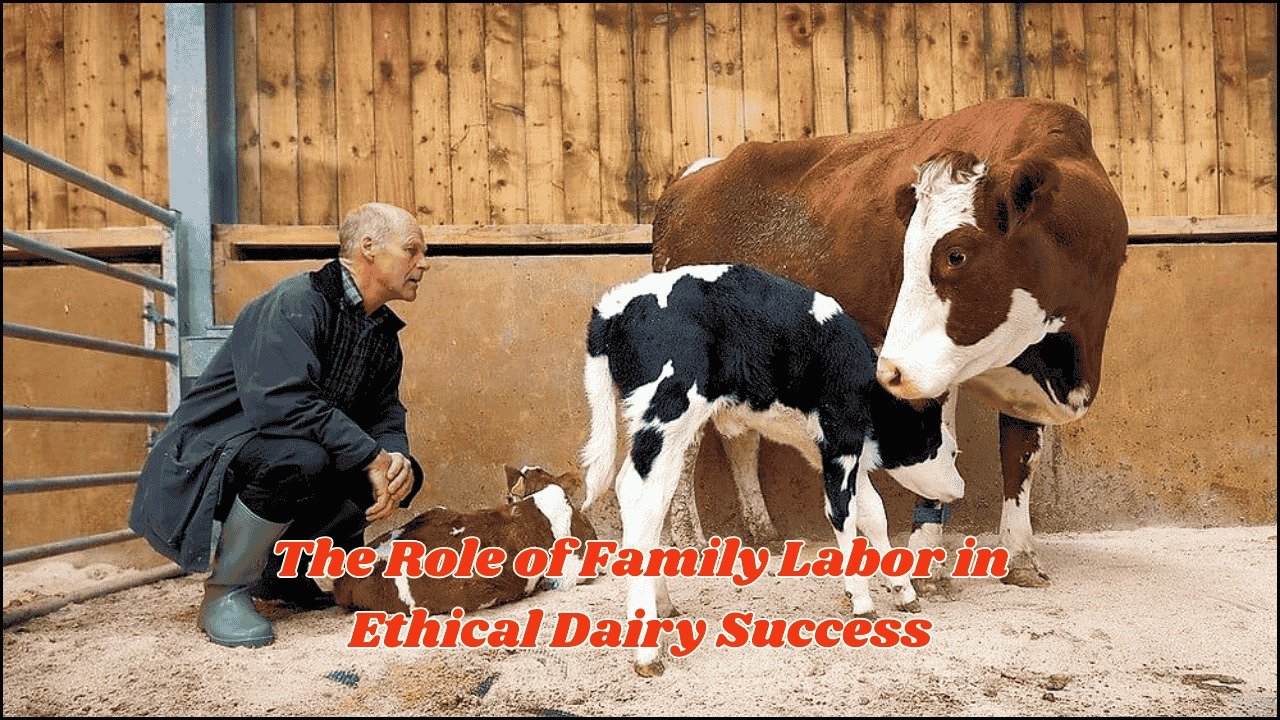
Cow-with-calf dairy farming, where calves remain with their mothers for an extended period, is often surrounded by misconceptions. Critics sometimes label it as less productive, unprofitable, or impractical, but many of these assumptions are outdated or based on limited information. By addressing the top myths, we can better understand the reality of this welfare-focused dairy system.
Table of Contents
Overview
| Myth | Reality |
|---|---|
| Milk yield drops drastically | Yields often balance out over time with good management |
| Financially unsustainable | Offsets include healthier calves, longer cow lifespan, and potential premium prices |
| Calves become too dependent | Gradual weaning reduces stress and fosters independence |
| Only for small farms | Adaptable to larger operations with adjusted systems |
| Low animal welfare | Social and emotional benefits outweigh manageable risks |
| Requires more labour | Reduces labour in areas like bottle feeding and treatment |
| Milk quality suffers | Often maintains or improves quality |
| Calves grow too fast | Healthy growth boosts lifetime productivity |
| Must be full-time contact | Part-time contact models are possible |
| Consumers don’t care | Demand for ethical milk is rising |
Myth 1: Milk Yield Drops Dramatically
One of the most common beliefs is that allowing calves to nurse significantly reduces milk available for sale. While there is some initial decline in marketable milk, well-managed systems balance calf intake with later-stage lactation recovery. Many farmers find yields even out over time.
Myth 2: It’s Financially Unsustainable
Some argue that reduced milk sales make the system unprofitable. However, factors like improved calf health, reduced veterinary costs, and better cow longevity often offset the initial loss in milk income. In certain markets, consumers are willing to pay a premium for ethically produced milk.
Myth 3: Calves Become Overly Dependent
Critics suggest that extended cow–calf contact leads to dependency, making later separation stressful. In reality, gradual weaning practices and encouraging independence through solid feed introduction reduce stress and foster healthy development.
Myth 4: It’s Not Suitable for Large-Scale Operations
While the system is often associated with small farms, larger dairies in Europe and New Zealand have successfully adopted it by modifying barn layouts and grazing schedules to fit herd size.
Myth 5: It Compromises Animal Welfare
Animal welfare concerns are sometimes cited due to fears of rough play or overfeeding. However, when monitored, cow–calf interactions provide social, physical, and emotional benefits that outweigh risks.
Myth 6: It Requires More Labour
While daily management can differ from conventional systems, many farmers report less time spent on bottle feeding, calf health checks, and treatment for common early-life illnesses.
Myth 7: Milk Quality Declines
Studies show no significant negative impact on milk composition. In fact, some farms report higher milk fat and protein levels, potentially due to improved cow well-being.
Myth 8: Calves Grow Too Quickly
Faster growth is often viewed as a problem, but healthy weight gain leads to stronger animals with better lifetime productivity. Overfeeding issues can be avoided with balanced diets.
Myth 9: It’s an All-or-Nothing Approach
Some think the system demands full-time calf contact. In reality, part-time contact models—where calves spend part of the day with their mothers—allow for flexibility while keeping welfare benefits.
Myth 10: Consumers Don’t Care
Market research suggests an increasing number of consumers value transparency, sustainability, and ethical treatment of animals, creating opportunities for premium branding.
FAQs
Q1: Do cow-with-calf systems always lower milk production?
A = Not necessarily—initial reductions often level out over time with proper management.
Q2: Can large farms implement this model effectively?
A = Yes, by adapting facilities and schedules, even large dairies can benefit.
Q3: Is the milk from cow-with-calf farms different?
A = It generally matches or exceeds conventional milk quality in fat and protein content.





